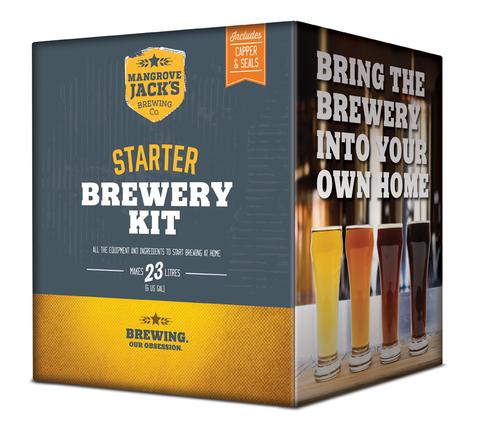Your guide to calculate ABV, by use of a Hydrometer.
Step 1 – Take the reading of the original/starting gravity (OG/SG) BEFORE pitching the yeast and ignoring the meniscus dip, E.g. 1050 (1.050) on the hydrometer. Note it down.
Step 2 – Day 12/14 take the final gravity reading and again ignoring the meniscus dip, E.g. 1005 (1.005) Note it down.
Step 3 – take away the smaller No. (1050-1005) = 45
Step 4 – divide the answer (45) by 7.64 = 5.89 round it off to the nearest whole No. in this case it’s 5.9
Step 5 – now add to the 5.9 answer a further .5 this allows for secondary fermentation in the bottle, barrel or keg. The calculated ABV of your beer is now 6.4% - Not Bad!!
You can use this calculation for both Beer & Wine making however, because wine does not require a secondary fermentation, please ignore step 5 above.
HOW TO CALCULATE THE ABV (Alcohol By Volume) for Beers and Ales
1 – If you use 1kg of spitting Feathers’ brewing sugar you will produce a good quality beer with avg of 4.5 to 5% ABV.
OR
2 – If you were to use 1kg (2x500gs) of dry malt extract (DME) – the colour appropriate to the type of beer (see colour guide below), you will produce a beer slightly higher in ABV yet at the same time retaining its body.
OR The Spitting-Feathers’ RECOMMENDATION!
3 – However, we recommend to you, to use 1.5kg of unhopped liquid malt extract (LME) – again the colour appropriate to the type of beer being made (see colour guide below).
The use of a LME will undoubtedly produce a beer of pure quality, depth, body and flavour than options 1 or 2 above. The ABV will be determined by the use of a hydrometer
Your Guide to Fermentable Sugars ADD THIS
Colour guide to the use of DME (2) or LME (3) above.
- Light - for lagers or any golden beers/ales.
- Medium - for amber beers ie brown ales.
- Dark – for stouts/porters and other dark beers.
- Wheat – for all wheat beers.




